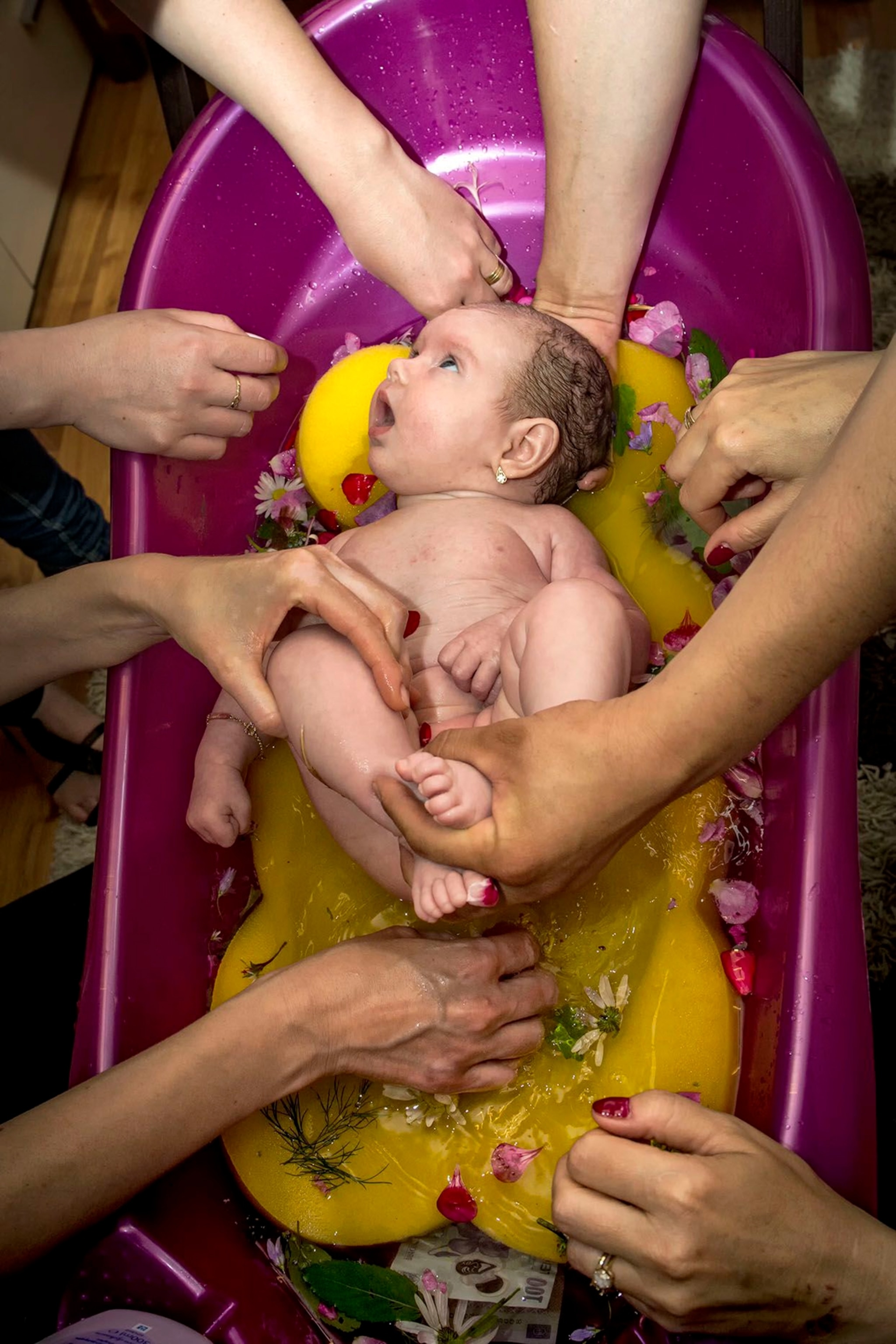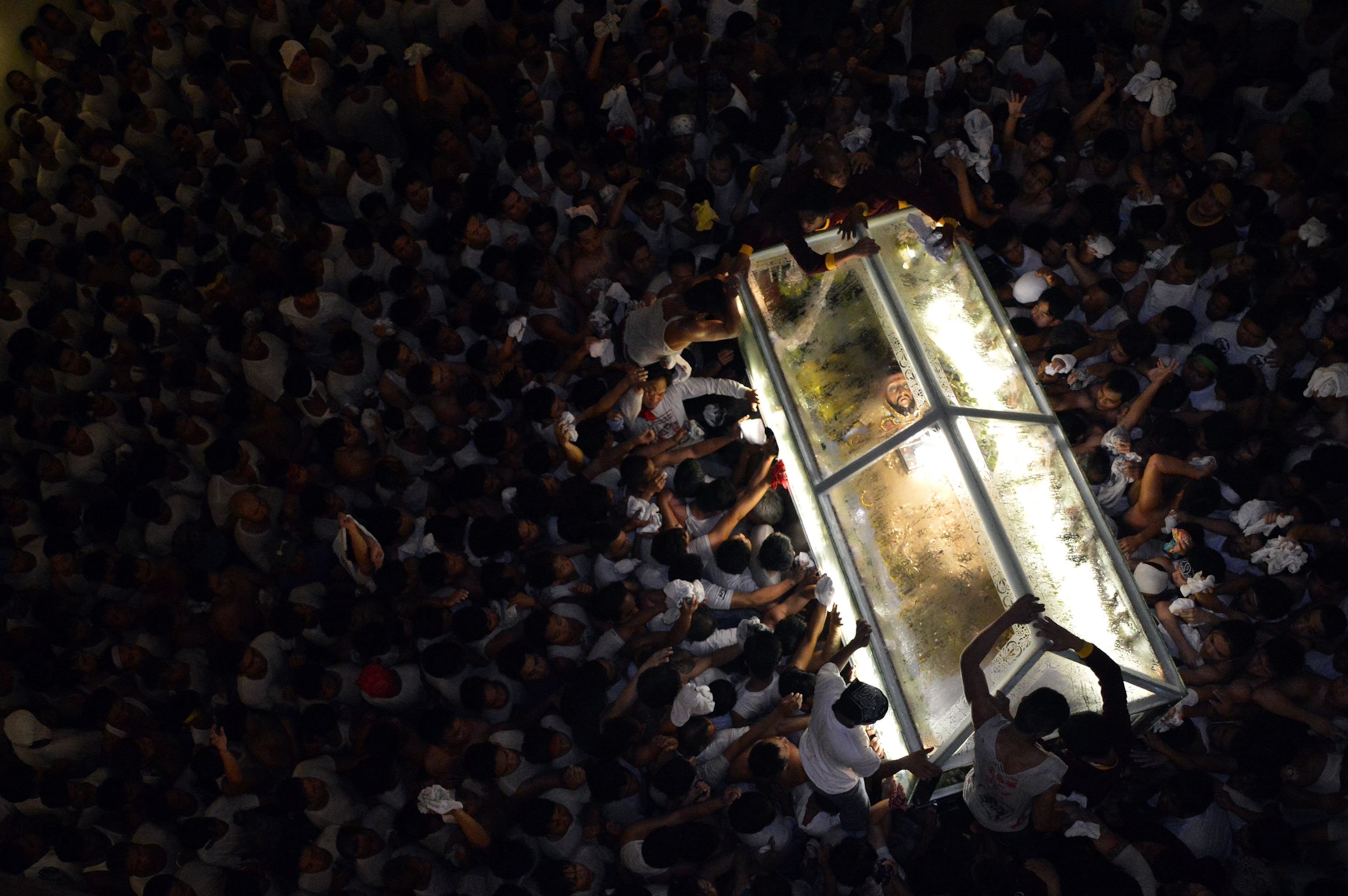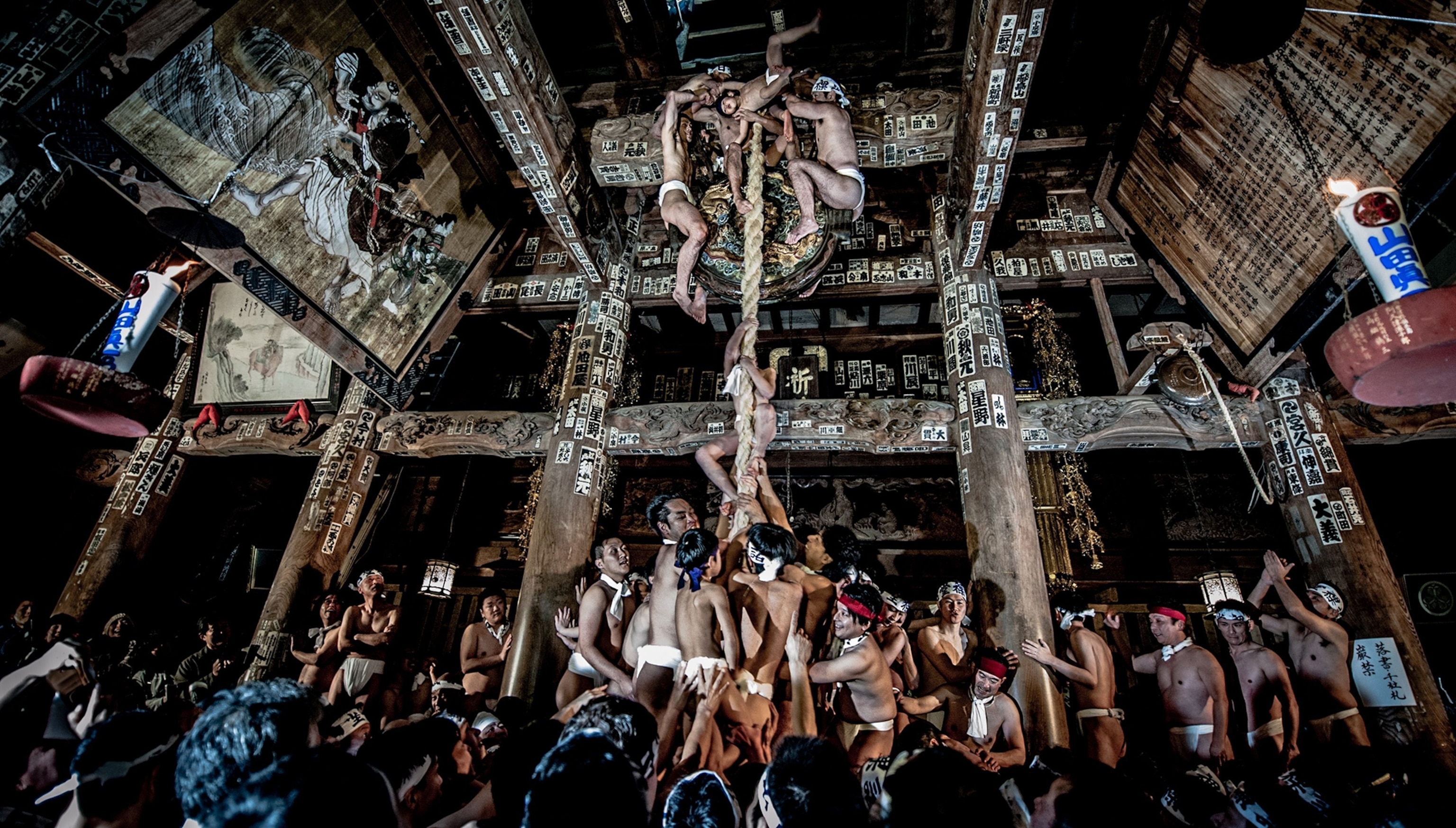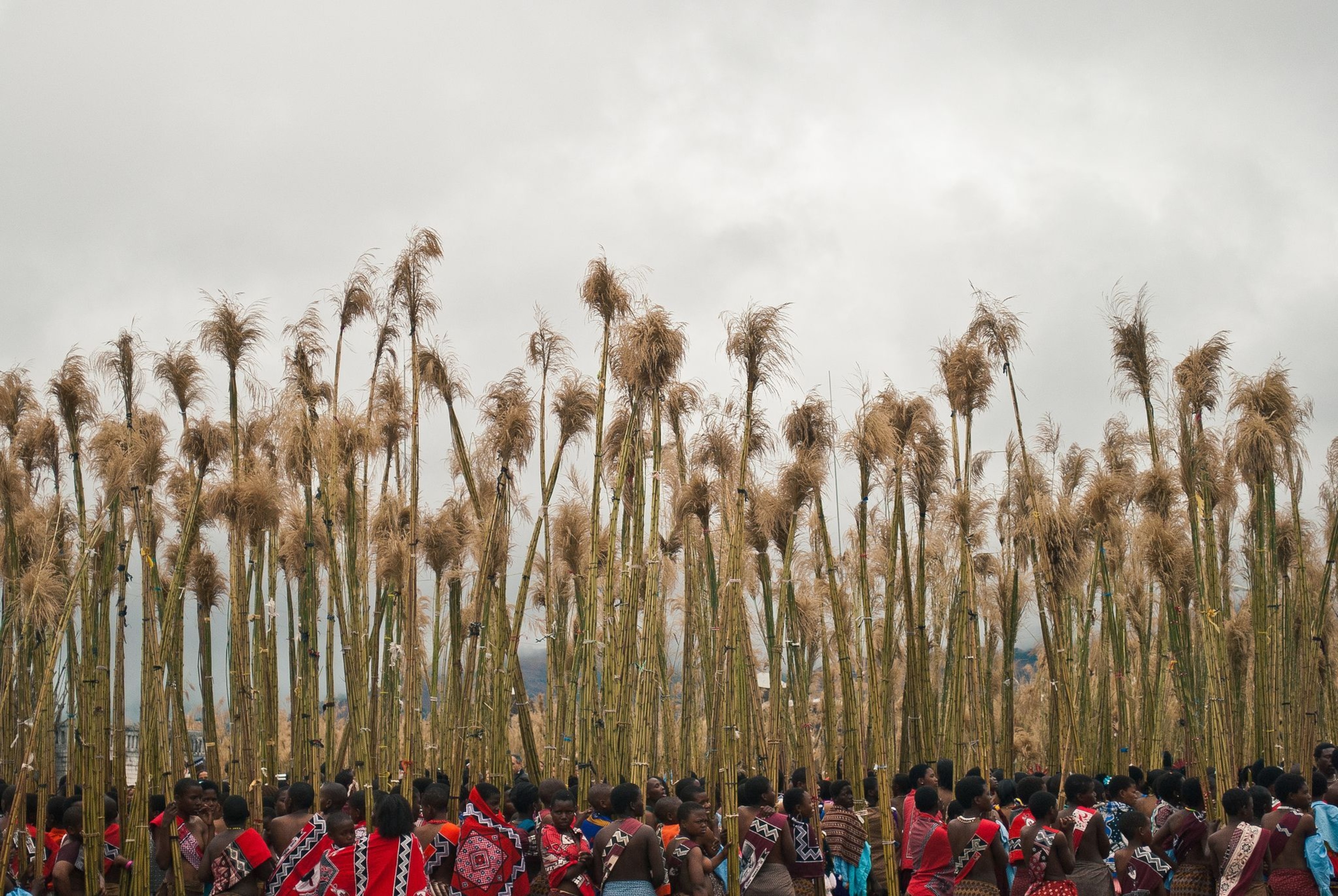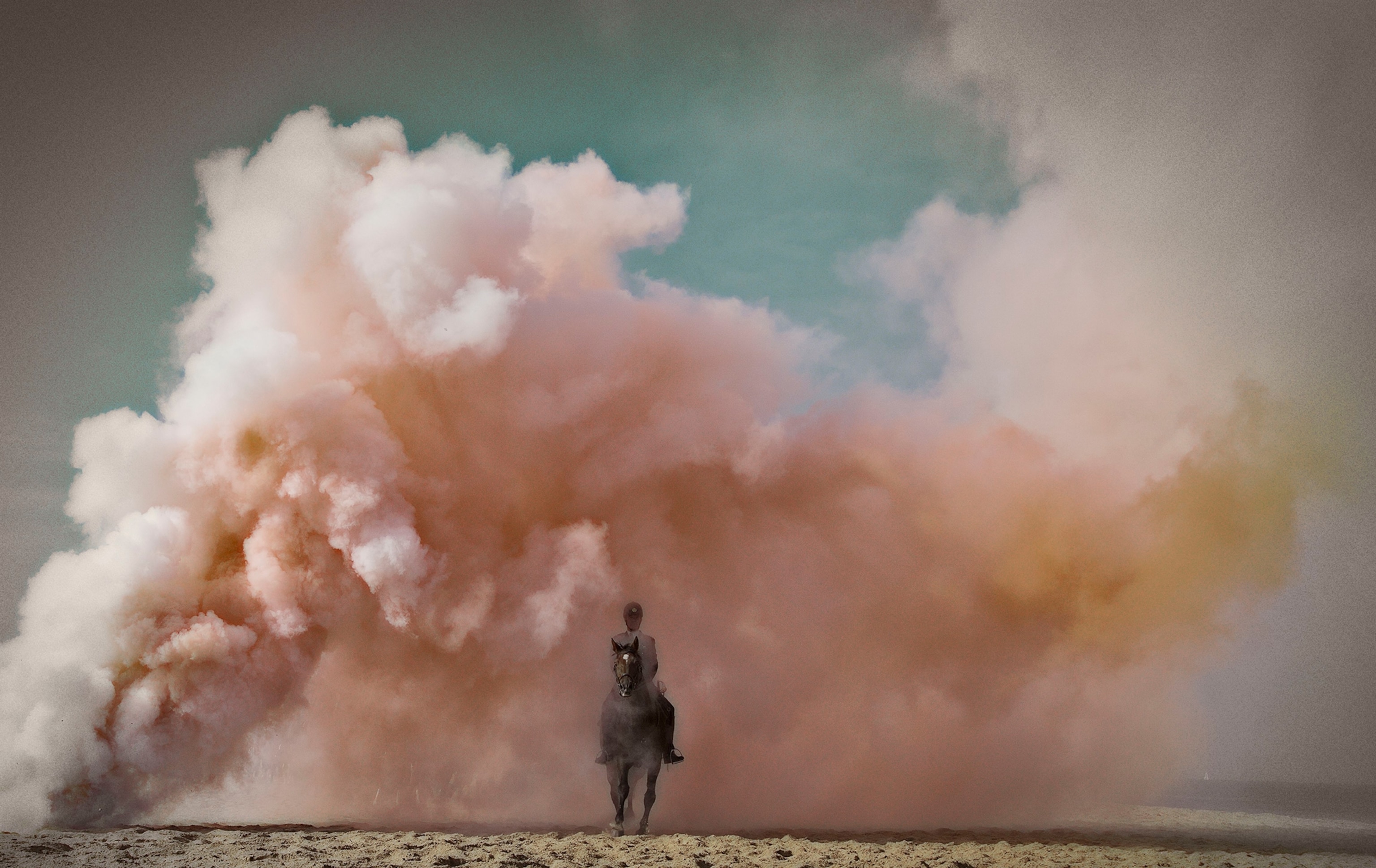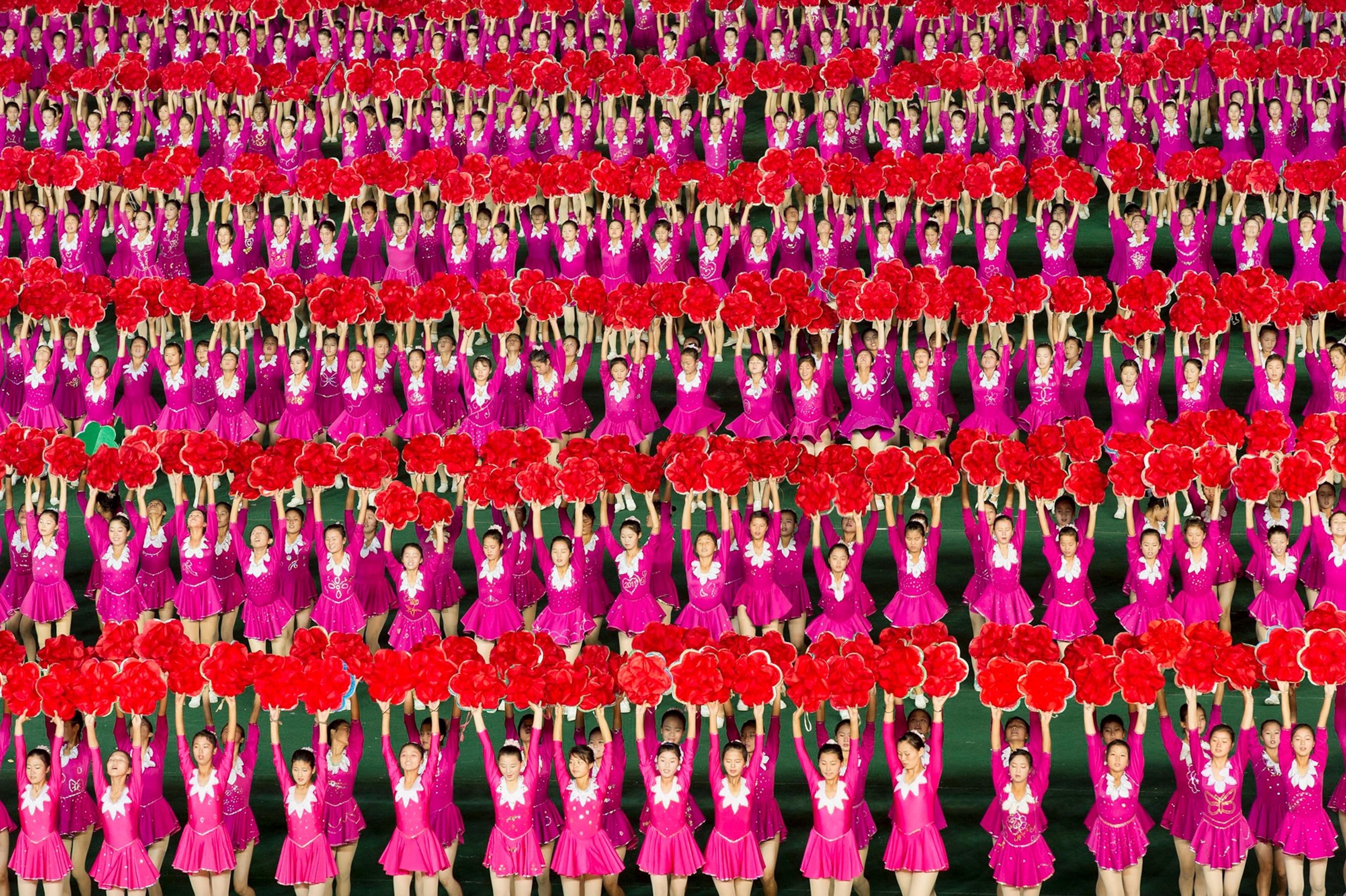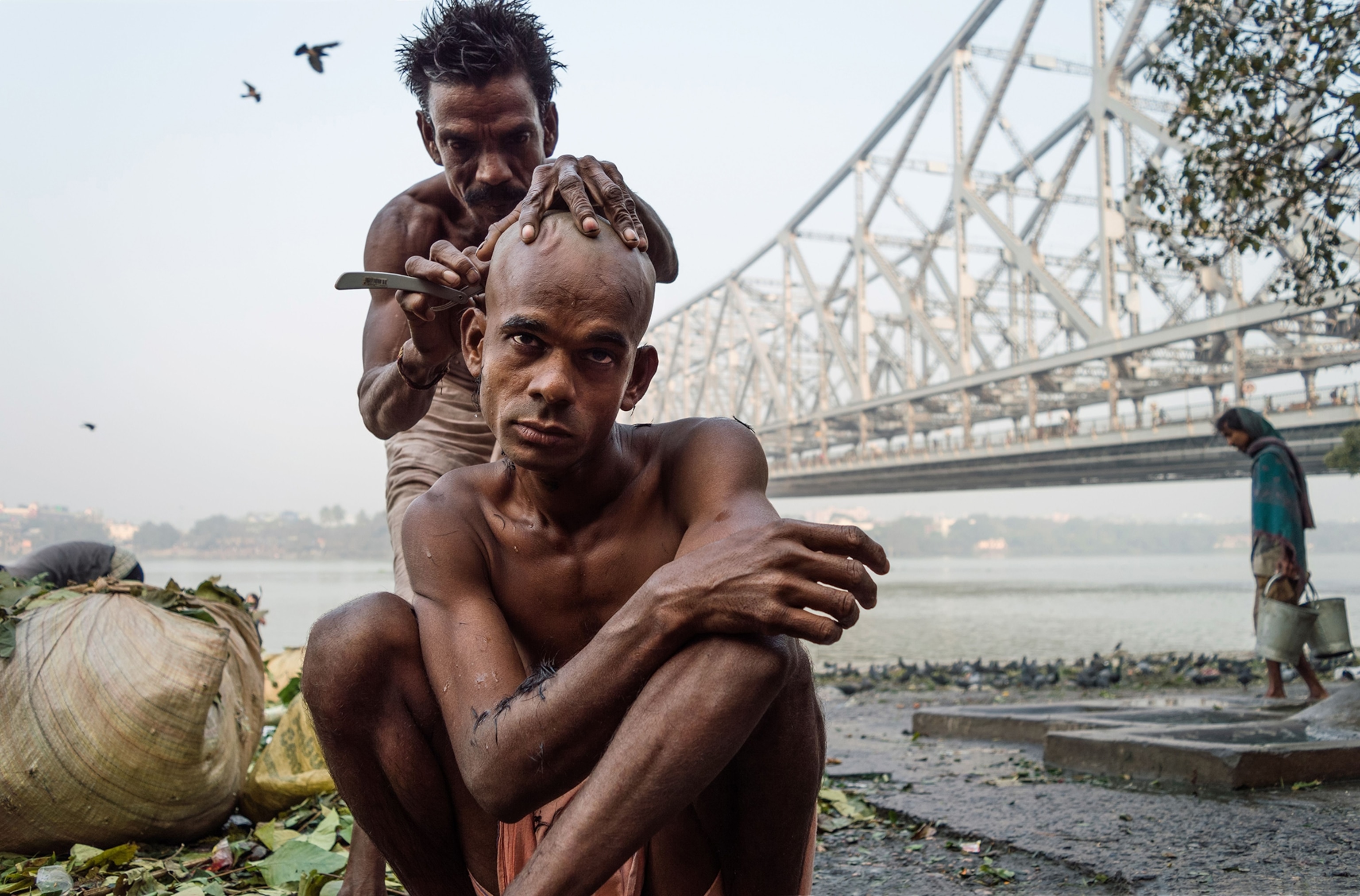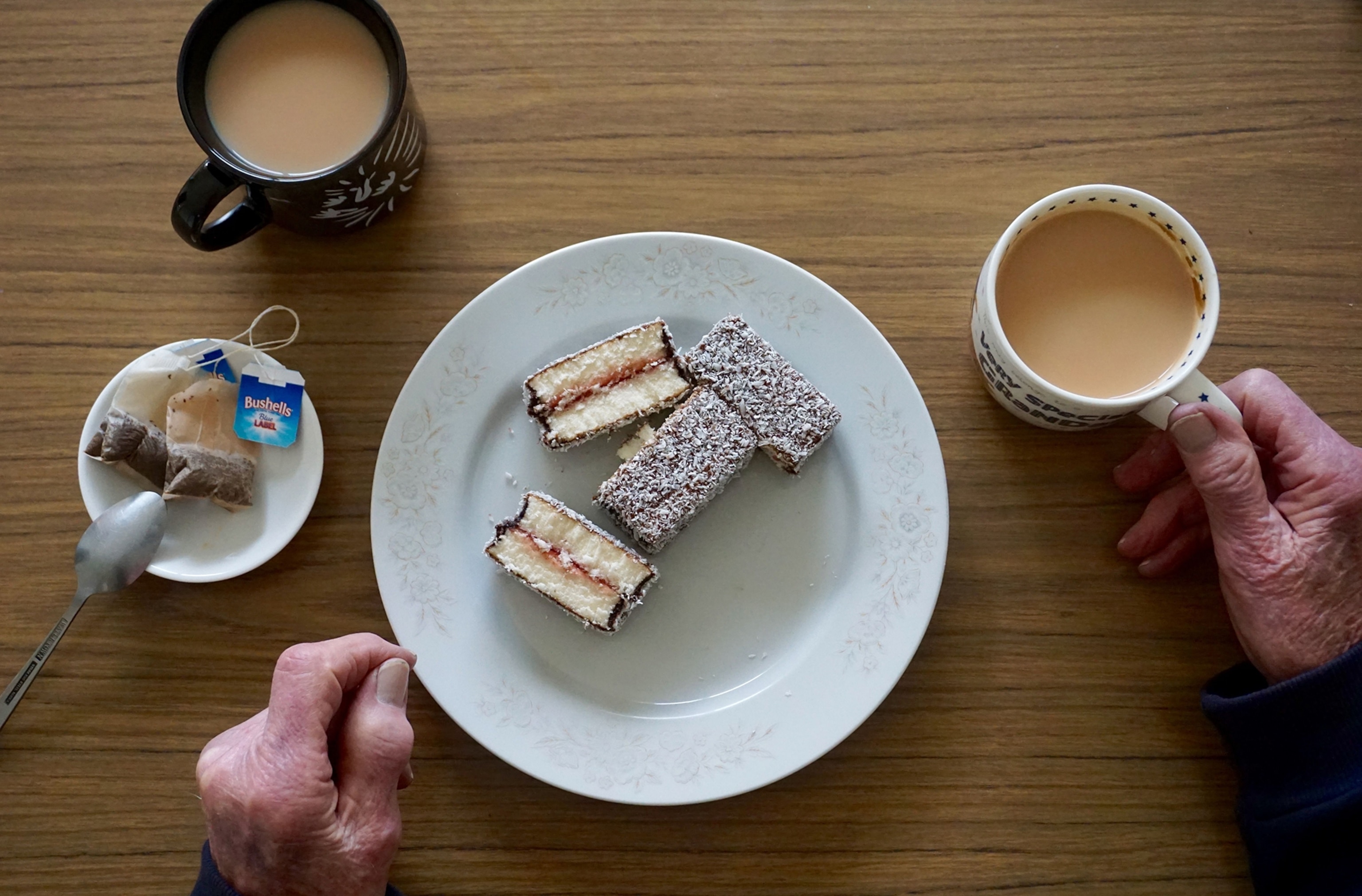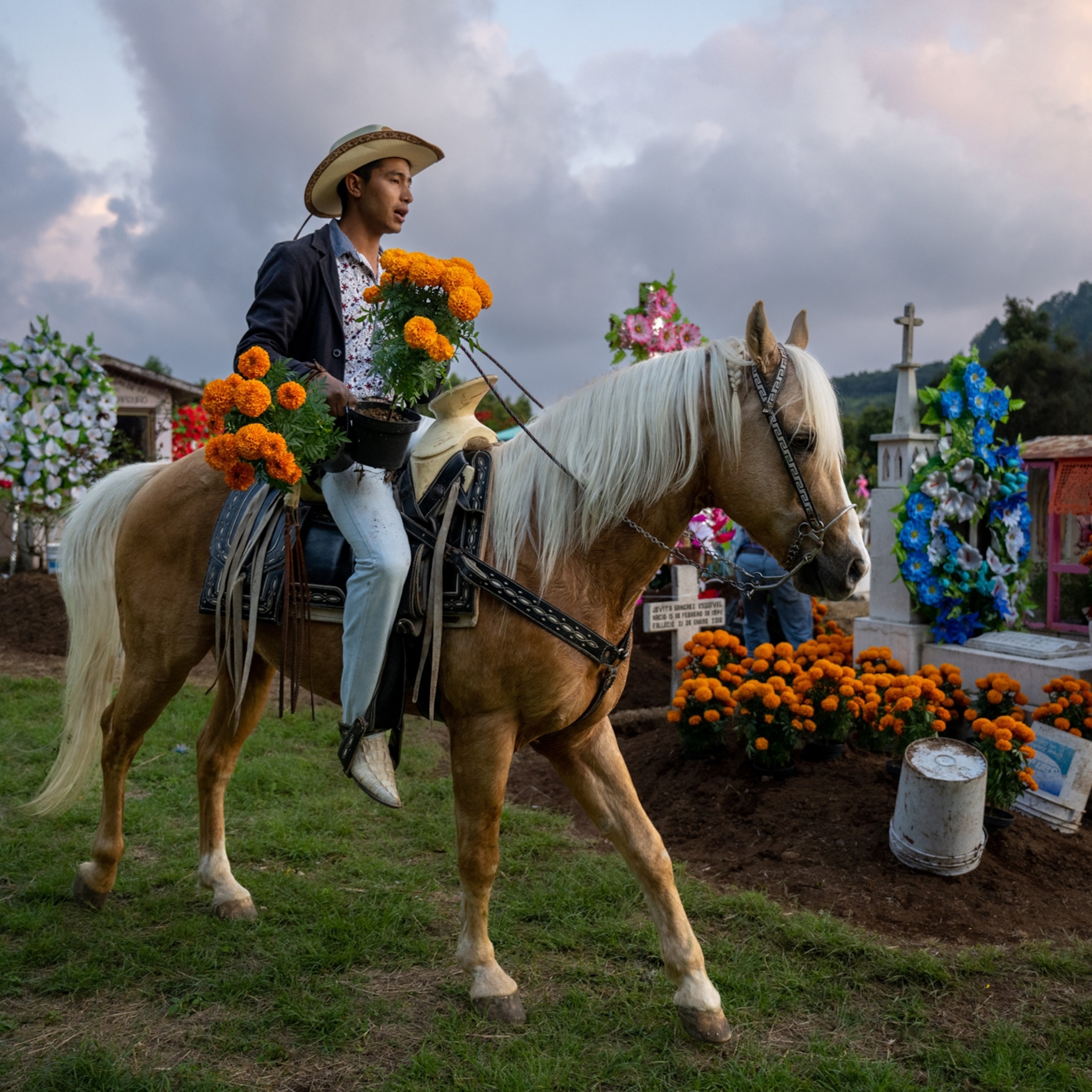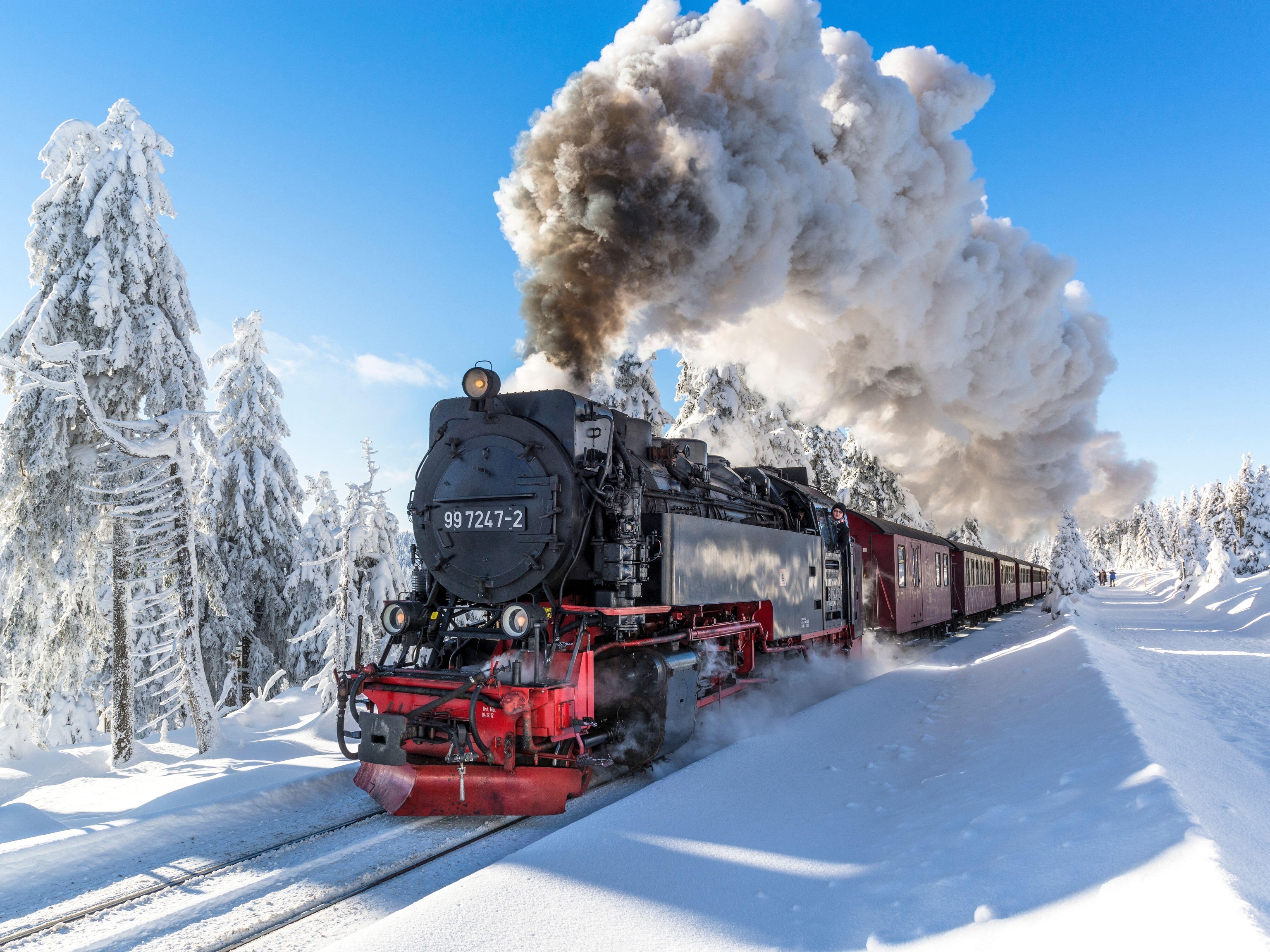
Top 10 things to know about Lunar New Year
We've all heard about the Year of the Snake—but what does this celebration really represent?
Lunar New Year is a festival beyond compare. Technically it’s a week—determined by the lunar calendar but always late January to mid-February—but for many, Chunjie (Spring Festival) is more like 40 days of celebrations. The travel involved has been called the largest annual human migration in the entire world. China holds 1.4 billion people (18.4 percent of the world’s total population, but who’s counting?) and every year, nearly three billion people fan across the country, returning to their hometowns. Here are 10 essential things to know about this massive, annual event.
Name that holiday
The holiday is not celebrated just in mainland China and Hong Kong. For Chinese people, Lunar New Year is the Spring Festival, and it’s celebrated widely in Taiwan and across Southeast Asia in countries with large Chinese populations, such as Singapore and Malaysia. In Korea, the Lunar New Year is called Seollal; in Vietnam, Tet; and in Tibet, Losar.
(Related: See Hong Kong like a Nat Geo Explorer.)

Say “Happy New Year!”
In Mandarin, they’ll say gong xi fa cai (恭喜发财), wishing you a prosperous New Year. In Cantonese, it’s gong hey fat choi. Still, if you wish someone xin nian kuai le (新年快乐), literally "Happy New Year," that’s perfectly welcome, too.
Hear firecrackers popping
Leading up to and during the Spring Festival, the streets of Chinese cities used to sound like war zones, with firecrackers exploding all night. Following a big clampdown on people setting off their fireworks in urban areas, you’ll most likely only hear these sounds in smaller towns and the countryside. The firecrackers serve two purposes: One, they’re fun and celebratory; two, they were traditionally set off to scare away dragon-lion monster Nian—who, as legend has it, would attack villagers and sometimes eat children but could be frightened off by loud noises.
(Related: Learn about other top New Year's celebrations around the world.)
Read the Chinese Zodiac signs
This year is the Year of the Snake. There are twelve Chinese Zodiac signs, and these are taken far more seriously than a back-of-tabloid horoscope. Some signs, like the dragon, are coveted because dragons are considered authoritative, strong, and successful. Couples will aim to have babies in dragon years. Certain signs are said to match well with others: Dog (sincere, loyal, independent) and Rabbit (sensitive, modest, warm) are considered good pairings. Your sign is determined by birth year—using the lunar calendar—so if you were born between February 17, 1988, and February 5, 1989, you’re a dragon. You would think your Zodiac year (benming nian, 本命年) would be lucky, but it’s the opposite. You’ll need to watch out for and ward off bad luck.

See red everywhere
In traditional and contemporary Chinese culture, red represents prosperity and happiness. It’s considered a lucky color, and people will wear it in celebration to usher in an auspicious new year and to keep away bad vibes. Jumpsuits, sweaters, trousers, scarves, socks, hats, anything is game. If it’s your Zodiac year you should wear more red than others, to buffer yourself from misfortune. In addition to being scared of loud noise, monster Nian fears the color red. So, maybe red’s not your favorite color, or perhaps you want to be protected closely every day. That’s where red underwear becomes useful. Go into any department store from December through February, or stop at one of the many street stalls selling socks and underwear, and you’ll see pair after pair of red.
Decorate for good fortune
Walk around older neighborhoods in any Chinese city (or the countryside) and see peoples’ windows, walls, and doors adorned. Squares of red paper with white characters like 福 (fú, good fortune) are pasted up diagonally. Red paper cuttings get taped onto windows so that passersby can admire them, and red banners (two vertical, with an optional third hanging horizontally) showcase Spring Festival couplets in gold. Likewise, in older neighborhoods, it’s not uncommon to see huge salt-cured fish hanging from power lines, drying next to the laundry. Symbolizing prosperity, fish is a must for Lunar New Year. Fish (鱼, yu) is a homonym of 余 (yu), meaning surplus or extra. In public buildings like offices, hotels, and malls, visitors will notice tasseled, red-paper lanterns strung up, and kumquat trees positioned for good luck and wealth. In Mandarin, a kumquat is called jinju (金橘), and jin (金) is the word for gold.

Exchange envelopes
Hongbao (红包), literally "red packet," is a key element of Lunar New Year. The cash inside is considered lucky money for the upcoming year. Hongbao is generally given by elders to the younger generations, especially children, but if you earn well, it’s polite to share it with your parents and grandparents this time of year. If you’re married, you must give hongbao; if you’re single, you usually receive it. If invited to someone’s house for Lunar New Year and you know they have kids, it’s nice to put some cash into a hongbao. If you’re traveling in the north, go for a round number; in the south, use lucky numbers (anything with six or eight). Don’t give a multiple of four; the number is a homonym for death.
Cut hair early
It’s nice to enter a new year without split ends, but for many people celebrating Spring Festival, it’s more than that. Before midnight on New Year’s Day, hair salons are abuzz with revelers, wishing to cut away last year’s bad luck and walk out with a clean, shiny slate. Then it’s no washing for 24 hours, to avoid scrubbing away the good luck.

(Related: Read about the young and lonely hearts of China’s shrinking cities.)
Join the fun
Spring Festival is mostly celebrated at home, with family. Restaurants are closed, but leading up to the New Year, tuck into heaping plates of dumplings (饺子, jiao zi)—which sounds like 交子 (jiāo zi); the second symbol, 交 (jiao) means "exchange”, 子(zi) is an abbreviation for 11 p.m to 1 a.m. So put together, you’re exchanging the old year for the new with pillowy pockets of dough. With the ban on fireworks in cities, you won’t be shooting off pop rockets (your ears will thank you). Short of inviting yourself to someone’s house for dinner, the best bet for participating is at fairs inside temples in Beijing. The largest takes place at Ditan Park, where a canopy of red lanterns is strung overhead and performances are held daily: Tibetan folk dancing, a reenactment of the imperial family’s traditional harvest prayers, and magic shows entertain all ages. Handicrafts are for sale, including snacks like niangao (the holiday glutinous rice square) and jiaoquan (a savory cruller best dipped in doujiang, or fresh soy milk).

